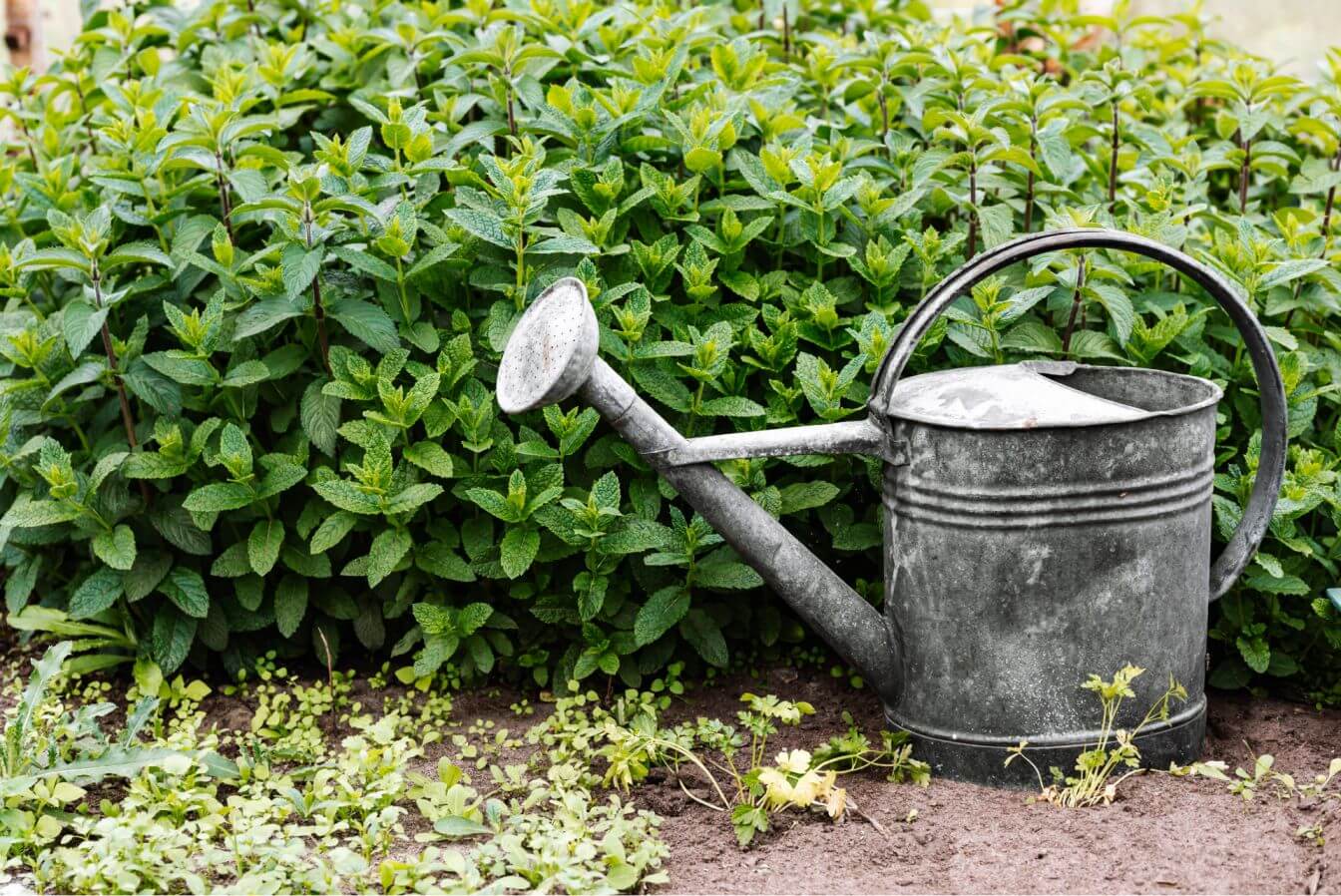-
FREE Shipping
-
Sustainable & Organic Products
-
Locally Sourced Green Waste Materials
-
100% Peat Free

Month by Month Gardening Guide
Monthly gardening guide
We’ve put together a handy month by month gardening guide so you can make the most out of your garden all year round!
Click the link below to download your monthly guide or continue reading below!


Spring
-
March
Time to mulchMulch beds and borders using Earth Cycle Compost Mulch, Decorative Bark, or Woodland Mulch to help maintain surface temperature and suppress weeds. Begin to mow any lawn on a high setting once a week, and reseed or over seed if necessary.What to sow in March:Sow hardy annuals (such as sweet peas and Borage), and fast-growing perrenials including Dahlias. You can also sow most Brassicas, Beetroot, Lettuce, Parsnips, Radish and Kale. Plant first early potatoes from chitting and any Strawberry plants. -
April
Spring has sprungPot up small plugs and put them undercover until May. Perform any further scarifying and seeding to lawns and begin to mow at a shorter length. Look out for early pests and clean out ponds, water features and any water butts ready for April rain showers.‘Earth Up’ potatoes by covering them with soil up to the top leaves. Finish sowing anything you have left to put in the ground. -
May
Seed and protect
This is the final chance to seed any lawn before it becomes too hot. Cover any fruit bushes with netting to stop birds from tucking in.
Plant and Harvest
Plant any second earlies and main crop potatoes. And now’s a good time to harvest any carrots you’ve grown.

Summer
-
June
Bed down for the summer
Plant up any beds you have. If you are planning to turf be careful due to the rising air temperature, as any turf you have rolled up will dry up quickly and become scorched in the heat. Water frequently once laid.
Harvest
Harvest any planted potatoes, spinach and garlic as these should be ready to go!
-
July
Time for some maintenance
Secure any climbing plants by loosely tying them down with twine. Cut back perennials, hanging baskets (to encourage growth), geraniums and delphiniums. Water early morning and late afternoon to reduce water loss from evaporation. Continue harvesting any crops grown.
-
August
The big harvest
Continue with maintenance with any further cutting back and pruning needed as well as dead-heading roses, sweet peas, and bedding plants. You’ll now be in the full swing of harvesting most fruit and veg you have grown.

Autumn
-
September
Preparation is key
Net any ponds over to prevent leaves and debris from being deposited in them during the Autumn. Start to cut back in preparation for next year.
-
October
Time for a tidy up
Clean out the potting shed and greenhouse ready for over-winter planting. Treat your lawn to a good final scarification to rid it of any thatch and debris.
What to plant in October:
Plant spring flowering bulbs including daffodils, crocuses and tulips.
-
November
Final preparation for winter
Now is the time to harvest any Brussels sprouts, Cabbage, Kale, Suede, Parsnips, and the rest of the Lettuce. Plant any fruit trees for next year. Insulate tubs and pots using hessian or bubble wrap. Cut back perennials and any bushes ready for next year
Prep your soil
Add Earth Cycle Cow Compost, Mushroom Compost, or Soil Conditioner to the soil and cover any plants to protect them from the cold.

Winter
-
December
Dig over
Dig over empty beds and borders and group pots and containers together to help protect against harsh weather. Cover beds to prevent frost from reaching any bulbs still in the ground. Prune back Wisteria, Climbing Rose, and Maple (Acer). Lift and store Dahlia tubers.
-
January
Start planning
Plan what you will be planting in the Spring, taking into consideration any height variation, colour matching, and when each plant will flower. Finish constructing any raised beds and structures.
What to plant in January
Plant up any Garlic, Rhubarb, Brussel Sprouts and young fruit trees and bushes but cover them to prevent birds from munching at new shoots. You can even plant Daffodils and Tulips if the ground is soft enough.
-
February
Prep your lawn
February is a perfect time to start to prepare any lawn for the Spring and Summer by scarifying to remove any thatch. If the ground is soft enough on any vegetable beds, dig some Earth Cycle Vegetable Compost into the existing soil to add essential nutrients ready for the spring.
What to sow in February
February is a great time to sow broad beans, carrots, leeks, onions, peas and cabbages.

Quality products for your garden
-
Topsoils
Earth Cycle has a wide variety of peat-free and organic topsoils available, ranging from Topsoil Supreme to Beds & Borders Topsoil. Browse through our range of topsoil to find the right product for your garden project.
-
Compost
Our range of green waste-derived organic compost is compliant to PAS100 standards and certified for use in organic systems by OF&G (Organic Farmers & Growers). Our range of composts provides the nutrients your soil needs for plants to flourish.
No matter what project you are working on in your garden, we have the right compost, ranging from Spring Mulch to Cow Compost.
-
Bark and Mulches
Our range of bark mulch, decorative bark, and play chips are suitable for a wide range of applications from improving the appearance of your garden to providing safety for children’s play areas.
